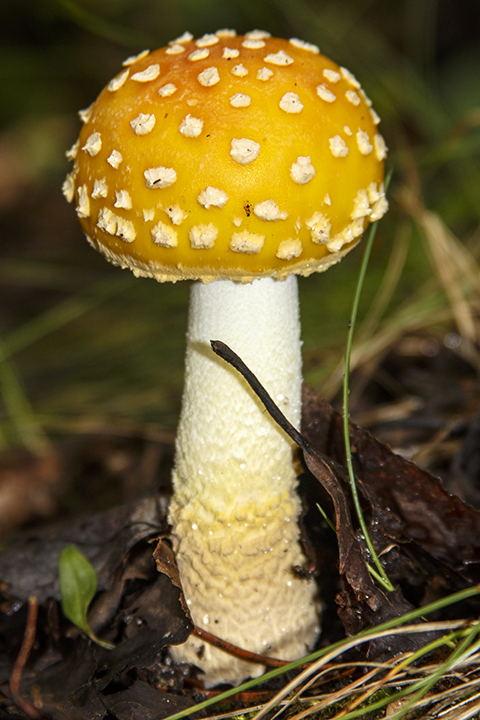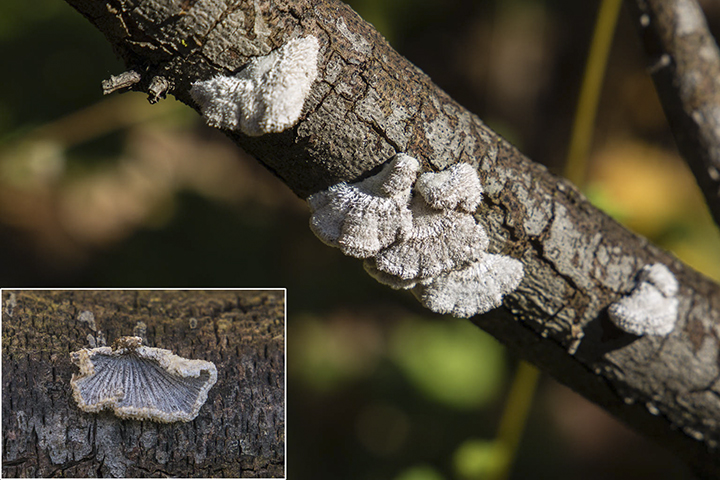Maryland black snakeroot (Sanicula marilandica) is a very common and widespread perennial herb. It is found throughout Minnesota in moist woodlands, at marsh edges, and along river banks. From June to August it produces small clusters of tiny flowers. In late summer the flowers are replaced by seed capsules that are covered with hooked bristles which cling to the fur of passing animals and the legs of passing hikers.
There are five species of black snakeroot, four of which are found in Minnesota. Careful examination of multiple features is required to tell them apart. Maryland black snakeroot is distinguished by basal and lower stem leaves with 7 divisions; flower clusters with 12 to 25 flowers, always including both long-stalked male flowers and a few stalkless flowers with both male and female parts; sepals as long or nearly as long as the petals, and greenish-white flower petals.
http://www.minnesotaseasons.com/Plants/Maryland_black_snakeroot.html




